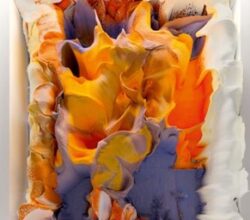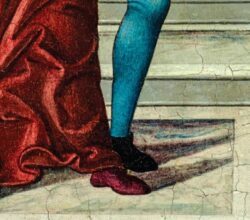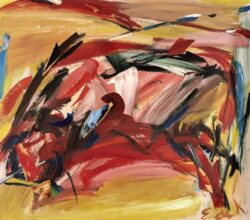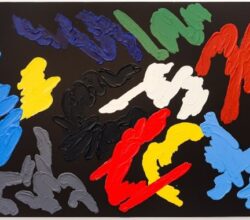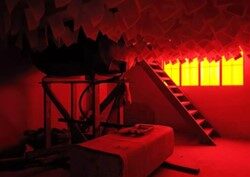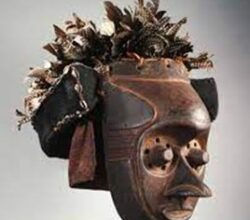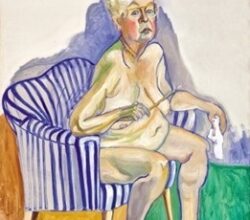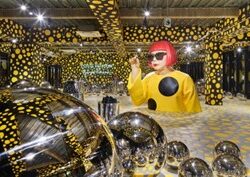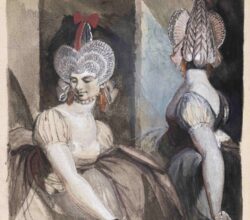
Jeff Koons Goes to the Moon
Daniel Riley | GQ | 23rd February 2023
I don’t think I am being entirely mischievous by including this piece. Admittedly, there is humour to be had from just reading what Koons says about himself. One critic called him “the truest believer in a cult of his own invention”. But, like it or not, Koons is more – “perhaps the only person alive with enough money, know-how, and conviction to produce an eight-foot sculpture out of pink Portuguese marble [12 years in the making] that might stand one day beside its 400-year-old [Renaissance] cousins.”


